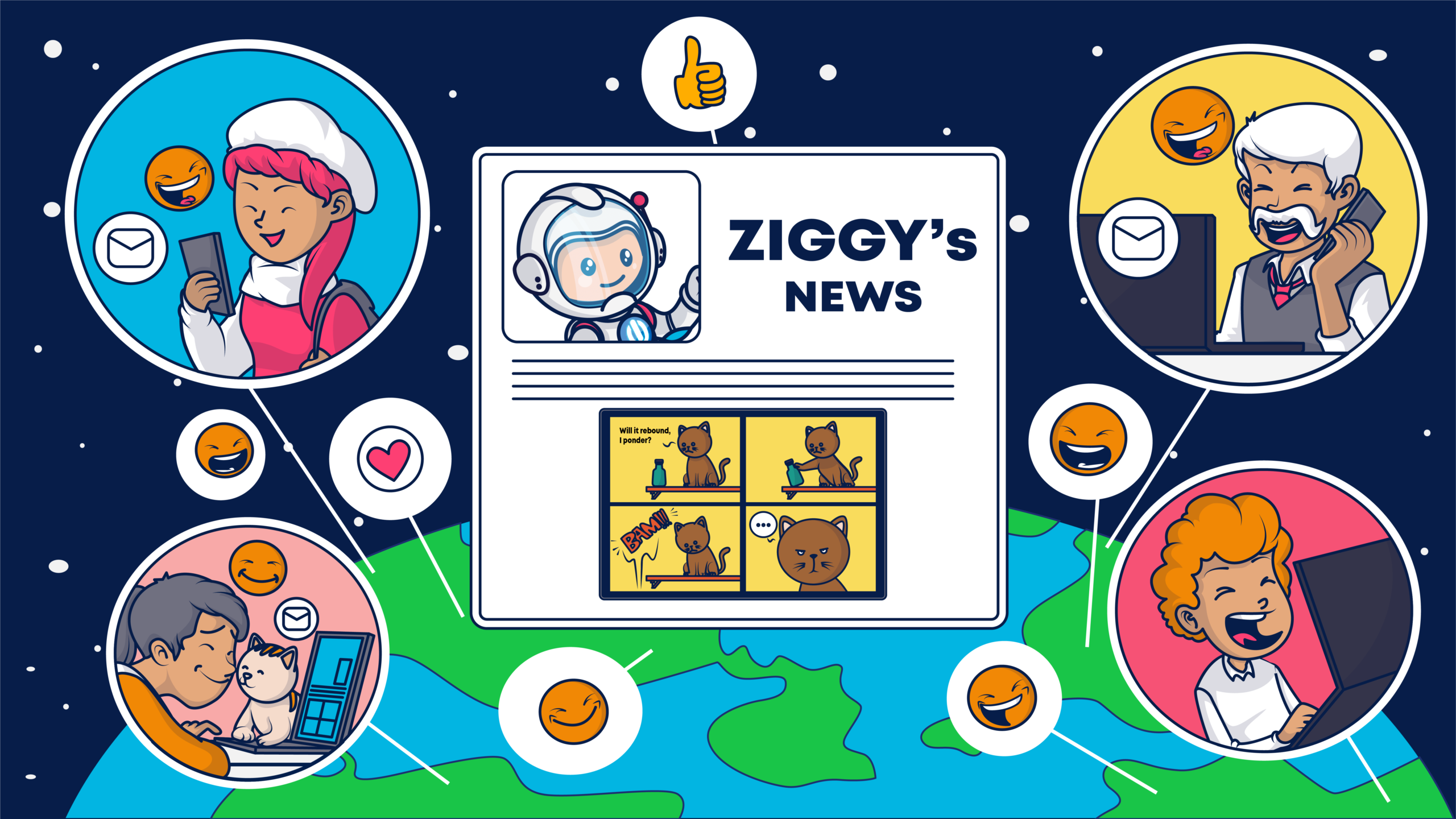In our digital world, the most effective way to communicate to customers is still via email. While social media interactions and online ads can get a prospect’s attention, the emails you send are what will convince and convert that prospect to make a purchase or stay tuned to your latest updates and brand messages.
According to McKinsey & Company, email is still more significant and effective than acquiring customers via social media.
Effective email marketing in 2017
While the effectiveness of the email marketing channel remains top-notch, the trends that guide the channel are ever-changing. Therefore, you’ll want to keep up to date on the most effective conversion techniques and strategies. Here’s a preview of email marketing trends for 2017:
#1: Customized Creative
We now have access to more data about our customer database than ever before. From demographic information to online behavior, analyzing trends and patterns to create a buyer “persona” can help to create more targeted and impactful campaigns.
There is no longer a “one size fits all” campaign — except, perhaps, in the case of major brands — so it pays to pay attention to a subscriber’s interests, past behaviors, and purchasing decisions. This type of data can help you create highly targeted email campaigns with personalized messaging.
Customizing email campaigns to cater to the needs of these different personas may be one of the most effective ways to boost conversion rates.
#2: Social Sharing
The “forward to a friend” behavior that once helped email marketers share their message with a subscriber’s contacts is no longer standard practice. Today, we’re seeing more social sharing among friends than email communications. When a subscriber clicks on an offer or article via email, you need to make sure you have social sharing buttons embedded in the page for an instant share.
Another option is to include sharing buttons right within the email so that subscribers can spread the message with just one click. Offering any type of incentive or special offer for those that do go ahead and share can be a great way to generate higher response rates and build your list rapidly.
#3: Mobile Takes the Cake
The latest Litmus Email Analytics results reveal that open rates for email via mobile devices increased to 56% in September 2016 while emails opened by desktop decreased to 17%. The Apple iPhone, Gmail, Apple iPad, and Google Android were the top email clients that same month. This upward trend may continue through 2017 which means marketers need to make sure their emails are optimized for mobile.
Bold CTAs, minimal copy, and powerful subject lines are critical for a successful mobile email marketing strategy. Consider choosing a different template or layout that works equally as well on mobile and on desktop. Also consider scaling down longer emails and changing the style of your messaging to accommodate for small-screen experiences. According to Boomerang, the “sweet spot” for emails was between 50 and 125 words and very short subject lines — 3 to 4 words — generated the greatest response rate of 48%. In addition, emails that asked one to three questions were more likely to get a response than emails asking no questions at all.
These trends make sense considering that many people accessing the Internet and email via mobile devices are on the go and don’t have the time or mental acuity to process large amounts of information. Making it easier for these email recipients to digest your message could be just what it takes to increase response rates.
#4: Strategic Timing
In an age where online ads and Facebook updates are optimized for audiences based on the time of day and likelihood of garnering the viewer’s attention — much like television ads running during prime time — sending emails at the right time is critical to increasing open rates and conversion rates. Tweaking and optimizing your email send strategy may require taking a closer look at your subscriber’s habits and preferences so the email is delivered at the most opportune time.
Personalizing subject lines, segmenting your email campaigns based on certain demographics and behaviors, and experimenting with different send times for different segments are a few ways to make those email sends much more effective.
#5: Providing Whitelisting Instructions
Consider how many emails subscribers receive in a given day. Then, consider how many are going to follow directions from a subject line when there is no real incentive to do so. While prompting a subscriber to take action with a subject line that warns them they may not receive emails anymore can generate a response, you may fare better by including whitelisting instructions within an impactful email instead.
Alternatively, you can embed a prompt in the confirmation message a subscriber receives when they first sign up for the email. This is less intrusive and may elicit the action you want.
From optimizing the email campaign schedules to redesigning emails for mobile, there are several things you need to keep in mind as you move forward with your email marketing strategy in 2017. Make sure to take these trends and behaviors into account when sending your next round of welcome emails, promotional emails, transactional emails, and other types of emails so that you generate the highest response rates while increasing deliverability.

















